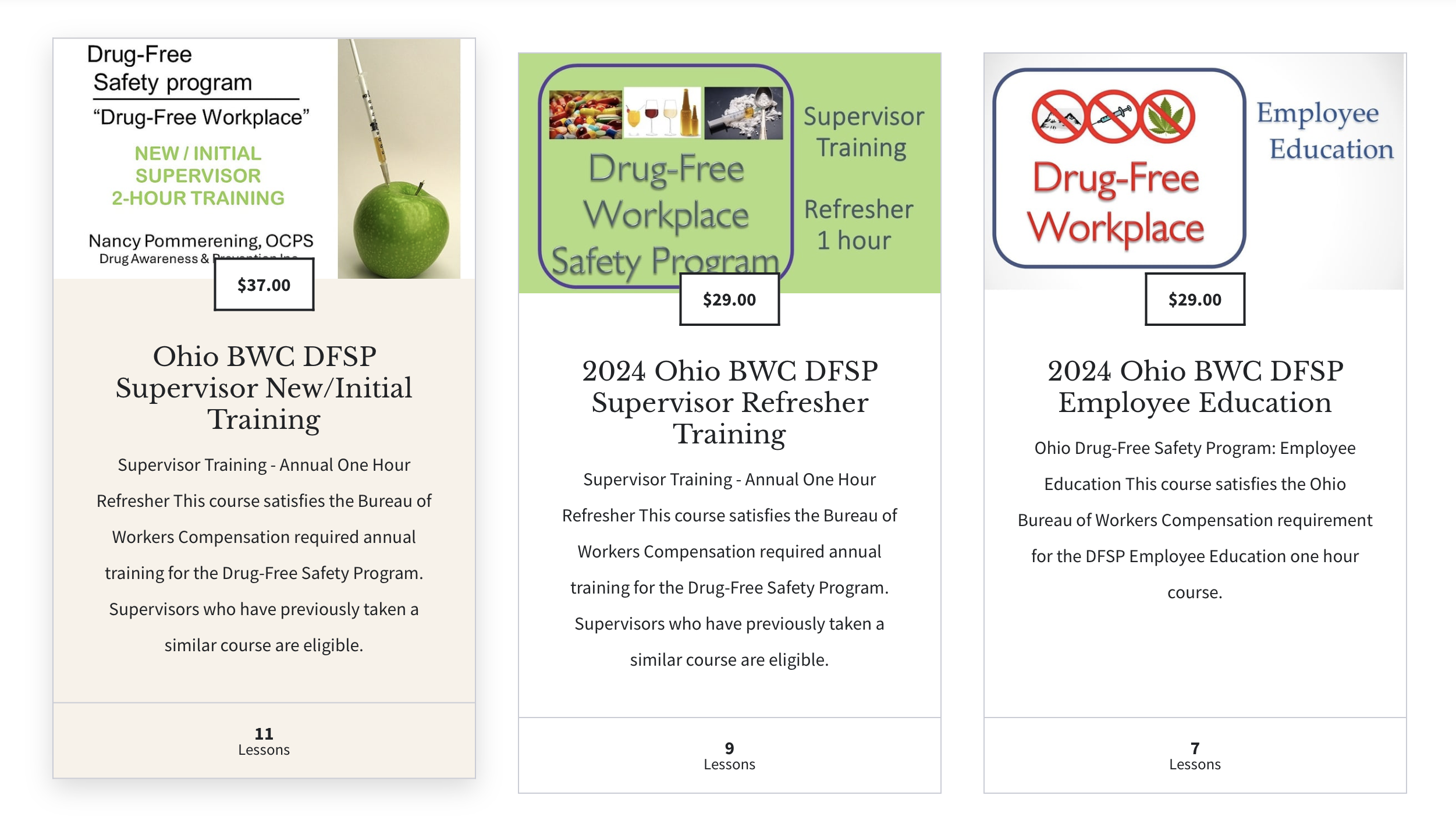
A drug-free workplace makes for a safer work environment.
A drug-free workplace not only minimizes legal liabilities and reduces workplace accidents but also boosts employee morale and productivity. It’s about creating a culture that values safety, health, and wellness. Here are some steps employers can take to prevent substance use among employees:
- Employee Assistance Programs (EAPs) and Health Programs: These programs provide information on substance use and help employees access support for potential substance use disorders.
- Changes to Work Processes: Employers can modify work processes or conditions to reduce the risk of injury, which in turn reduces the need for opioids for pain treatment.
- Stress Reduction Efforts: Efforts to reduce workplace stressors can contribute to reducing substance use.
- Eliminating or Reducing Alcohol Consumption at Company Events: This can also help reduce substance use in the workforce.
- Drug Testing: Implementing drug testing can identify employees with substance use disorders and provide an opportunity for engagement and support.
Remember, positive drug tests in a recovery-ready workplace are an opportunity to help employees stop drug use. By fostering a drug-free environment, employers promote safety, efficiency, and overall well-being for their workforce. 🌟
national drug take back Day
The drug overdose epidemic is occurring in and impacting workplaces. Workplace deaths due to unintentional overdose from the nonmedical use of drugs increased by almost 500% from 2012 to 2020. Some industries and occupations see higher rates of SUDs and drug-related deaths. This occurs among those with more difficult or dangerous work and safety-sensitive positions. The construction and extraction occupation groups experience some of the highest drug overdose death rates. The fishing, hunting, and trapping industries also experience proportionally higher drug overdose death rates. Employers can play a critical role in preventing substance use disorders and drug-related deaths, helping workers access treatment and maintain recovery from SUD.




